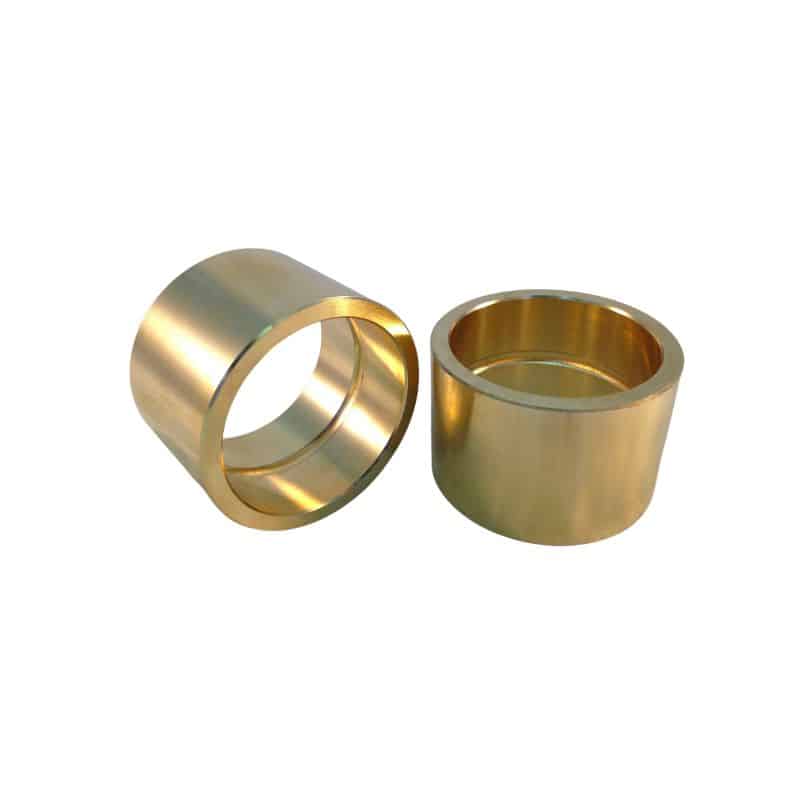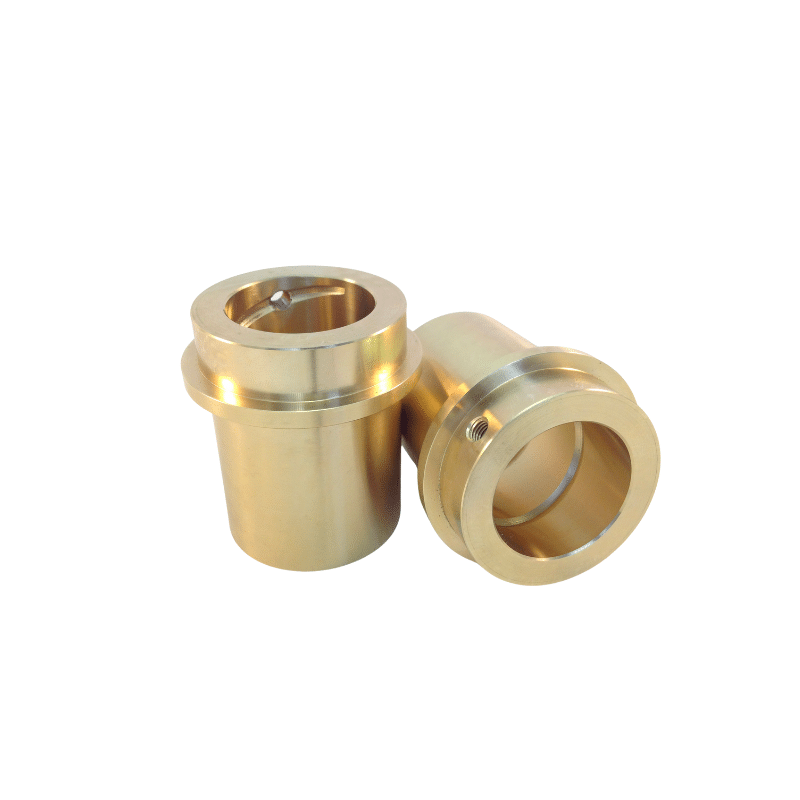Bearing Bronze C86700 Alloys: Characteristics and Selection Guide, Centrifugal Cast Alloy (UNS C87600) – Mechanical Properties
Bearing Bronze Solutions – Tailored for Efficiency & Strength

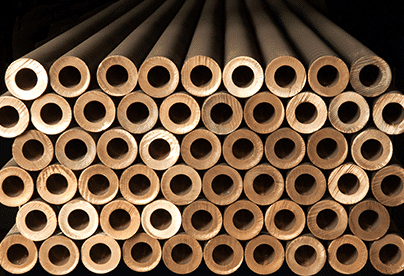
What is C86700 Bronze?
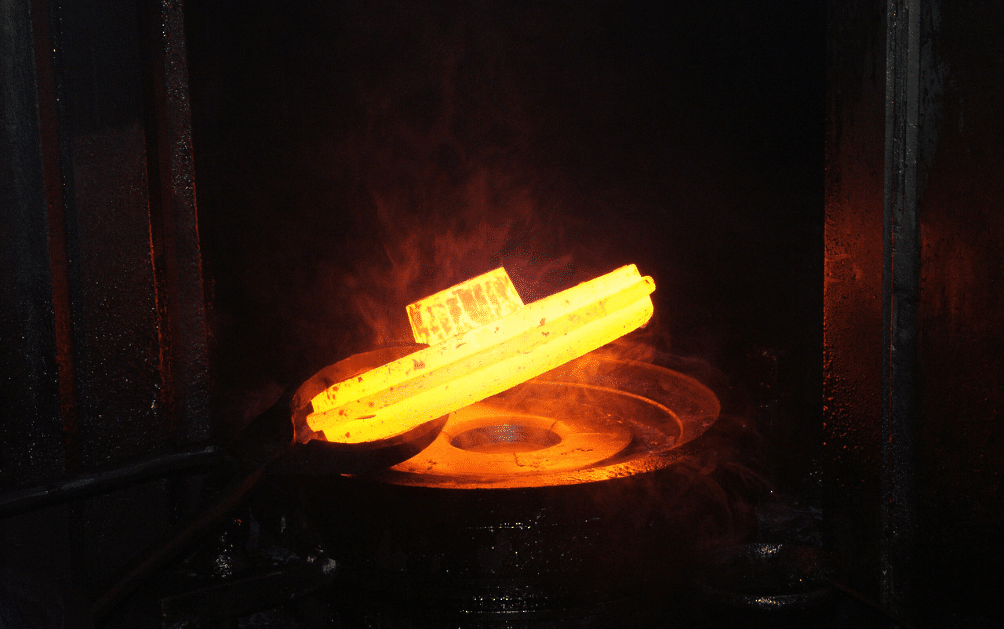
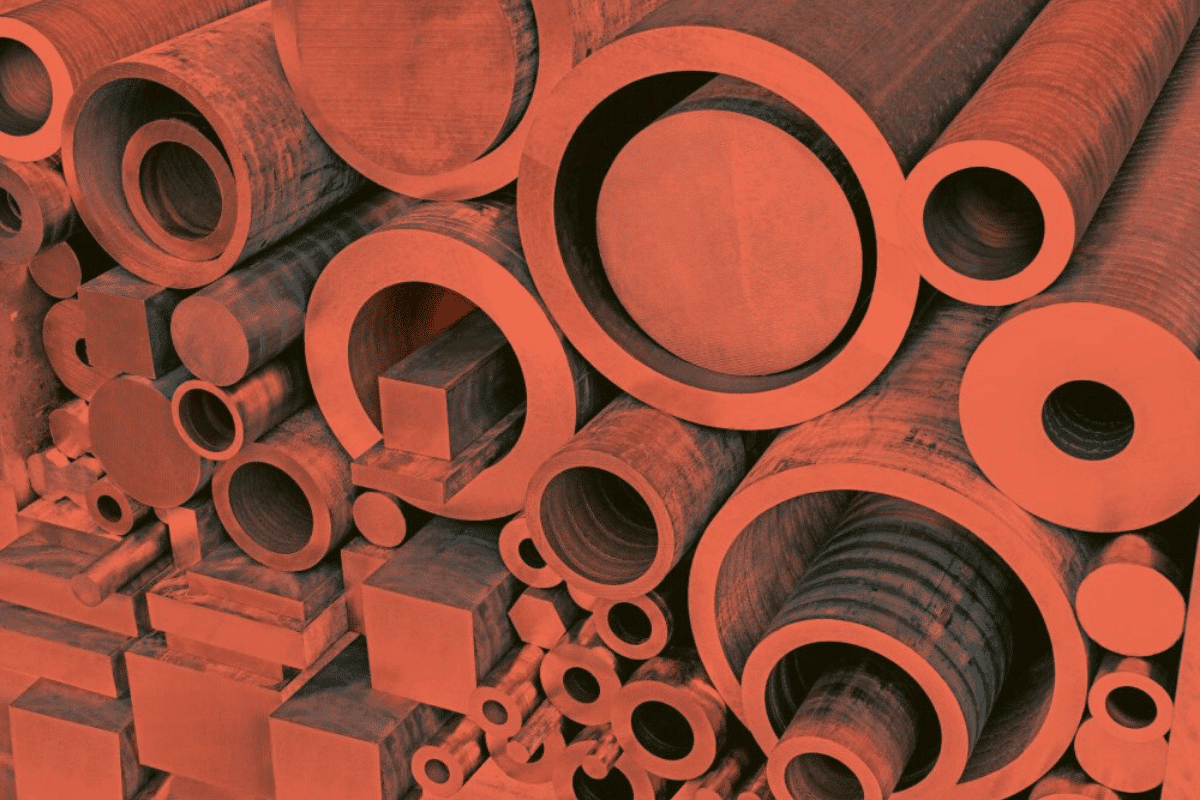
Key Features of C86700 Bronze Bearings
- High Strength: C86700 bronze has excellent tensile strength, making it suitable for heavy-duty applications.
- Self-Lubricating: The material’s self-lubricating properties reduce maintenance needs and extend the bearing’s lifespan.
- Corrosion Resistance: It offers good resistance to corrosion, ensuring longevity in harsh environments.
- Wear Resistance: The alloy is highly resistant to wear and tear, maintaining its performance over time.
- Machinability: C86700 bronze can be easily machined, allowing for the production of intricate components.
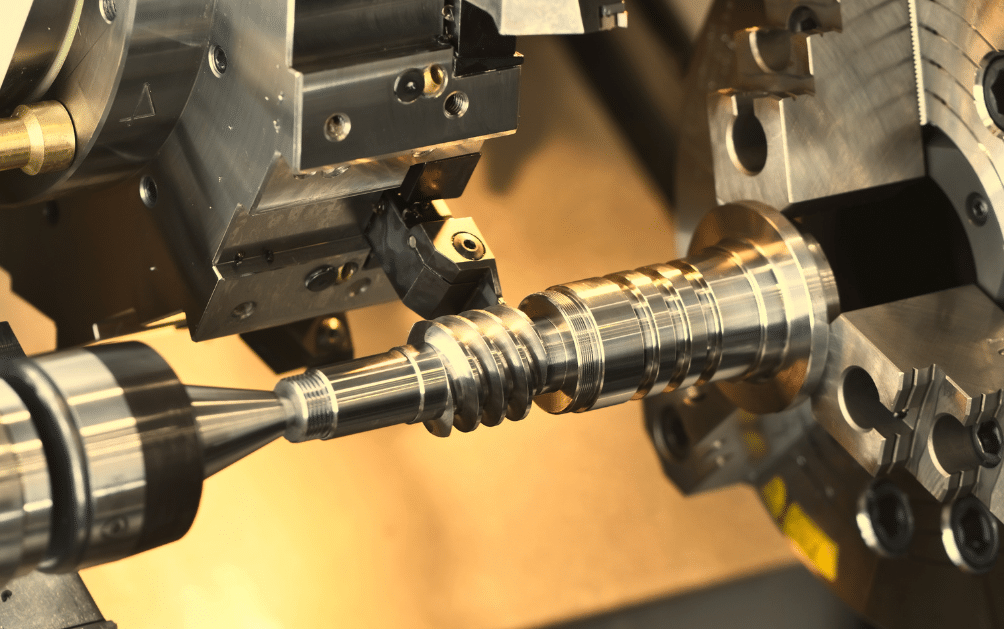
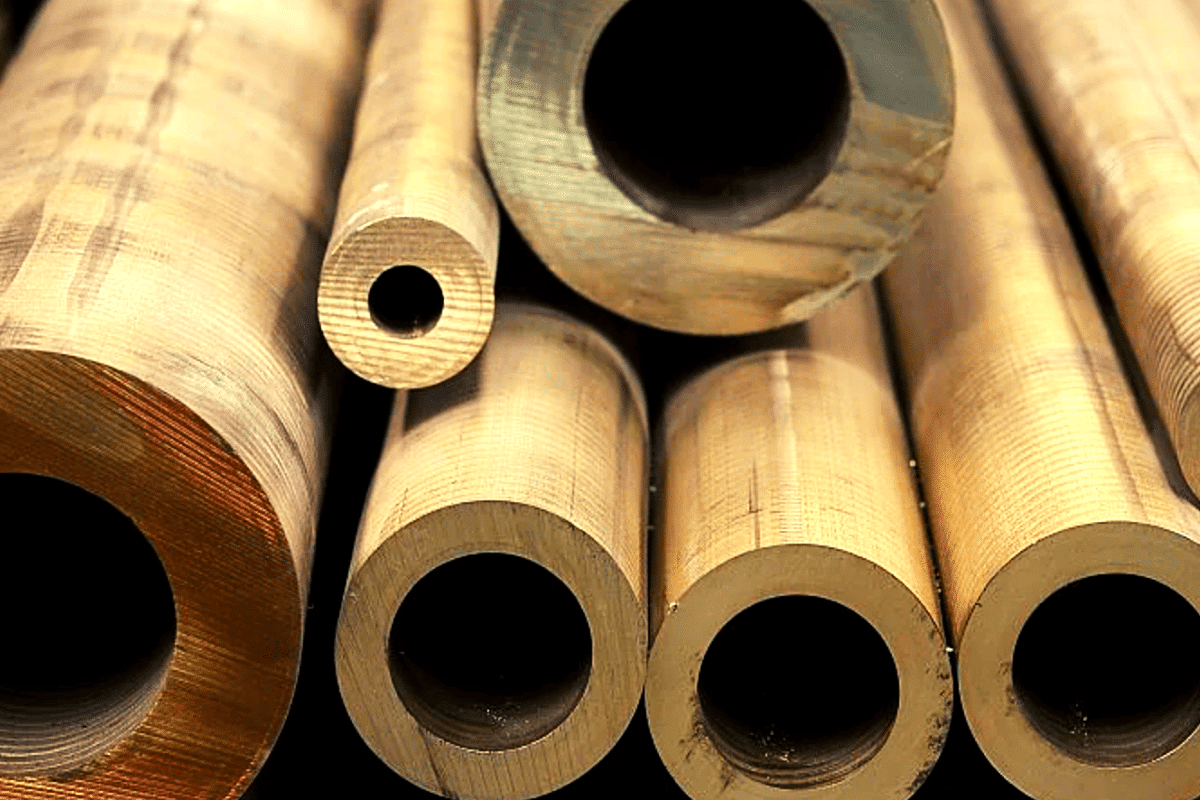
Applications of C86700 Bronze Bearings
Bearing brass, 86700 Bronze Bearings
Bearing brass stands out in the world of special alloys due to its robustness, self-lubricating properties, and ease of machining. These characteristics make it a preferred choice for components that require high durability and minimal maintenance. Whether it’s in automotive, aerospace, or industrial machinery, bearing brass continues to play a critical role in enhancing the performance and reliability of various mechanical systems. Regular maintenance, coupled with an understanding of how to effectively machine this alloy, ensures that bearing brass components can deliver their best performance over their operational lifetime.
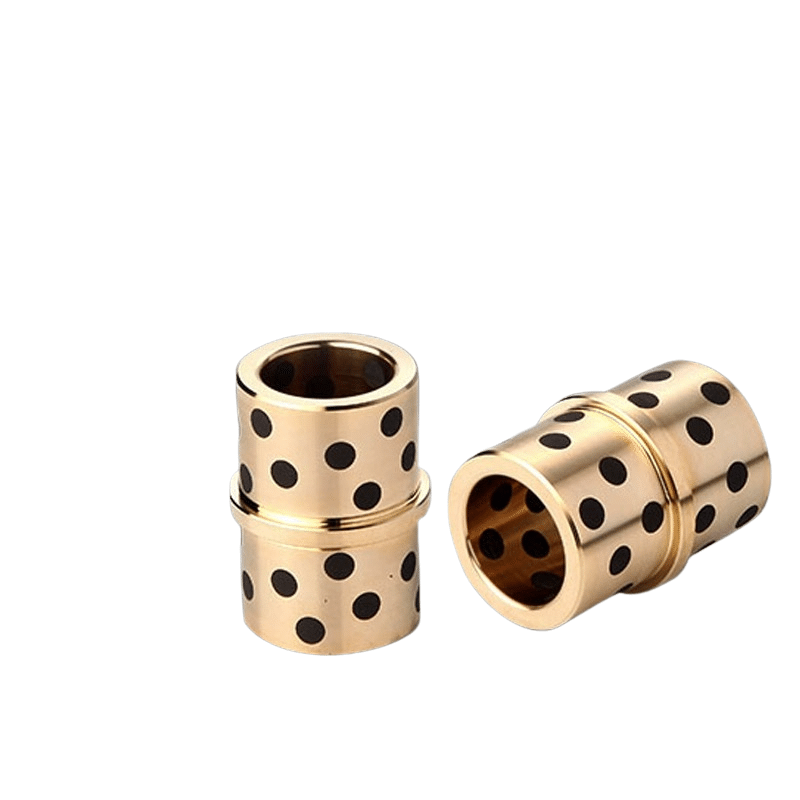
Advantages of Using C86700 Bronze Bearings
Extended Lifespan: The high wear resistance and self-lubricating properties of C86700 bronze bearings result in a longer operational life, reducing the need for frequent replacements.
Reduced Maintenance: With self-lubricating capabilities, these bearings require less maintenance, saving time and costs in the long run.
Versatility: C86700 bronze bearings are versatile and can be used in a wide range of applications, from heavy machinery to industrial equipment.
Improved Performance: The superior strength and corrosion resistance of C86700 bronze bearings ensure consistent and reliable performance, even in challenging conditions.
C86700 bronze bearings
C86700 bronze bearings are a reliable and efficient choice for various industrial applications. Their high strength, self-lubricating properties, and resistance to wear and corrosion make them indispensable in heavy-duty machinery and equipment. Whether for backhoe front axle suspensions, cylinder end booms, or solid bronze bushings, C86700 bronze bearings deliver exceptional performance and durability.
If you’re looking for high-quality bronze bearings for your machinery, consider C86700 bronze bearings for their proven reliability and efficiency.


Other Designations: Equivalent designations to UNS C86700 alloy include:
- ASTM B271
- ASTM B30
- ASTM B584
- ASTM B763
Leaded high-strength yellow brass UNS C86700 is a cast alloy composed of manganese bronze and leaded manganese bronze. The lead content imparts an attractive golden color, while the manganese gives the alloy a chocolate brown hue. This unique combination makes UNS C86700 alloy highly favored in architectural applications for its appealing color and long-lasting durability.
Centrifugal Solid Bronze Bearing material and Design
About us
Custom Parts Services and Prototyping!
Special Bronze Alloys And Aluminium Bronze Bearing, Search Our Material Alloy
C86700 Bronze Bearing with Groove: A Comprehensive Overview
A grooved bearing features a series of grooves or channels on its inner surface. These grooves serve to retain and distribute lubricant more efficiently, ensuring smoother operation and reducing friction. This design is particularly beneficial in applications where consistent lubrication is crucial for performance and longevity.
C86700 bronze bearings with grooves are an excellent choice for applications requiring reliable and efficient performance. Their high strength, wear resistance, and enhanced lubrication capabilities make them indispensable in various industries, from construction and industrial equipment to automotive applications. Choosing C86700 grooved bronze bearings ensures longevity, reduced maintenance, and improved machinery performance.
Maintenance Free, Bearing Bronze Components
In hac habitasse platea dictumst nam quam nunc, blandit vel, luctus pulvinar.


